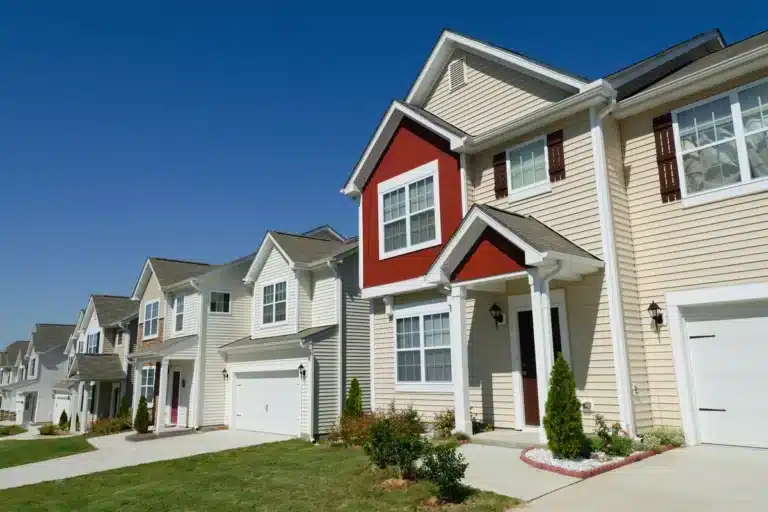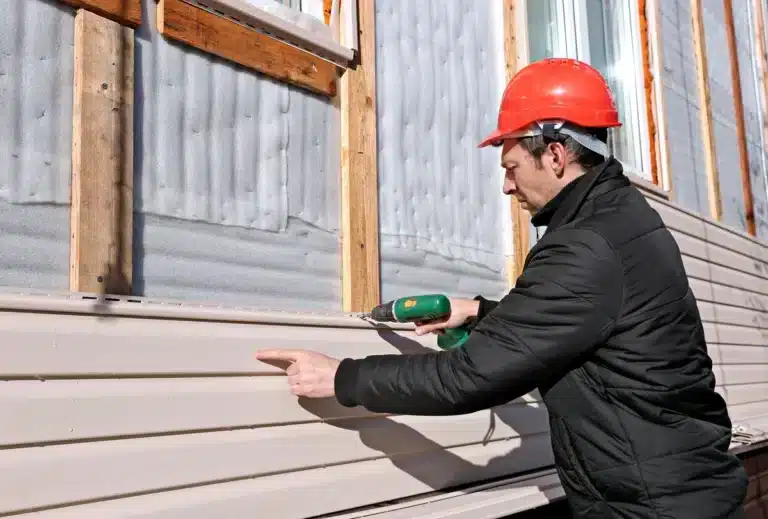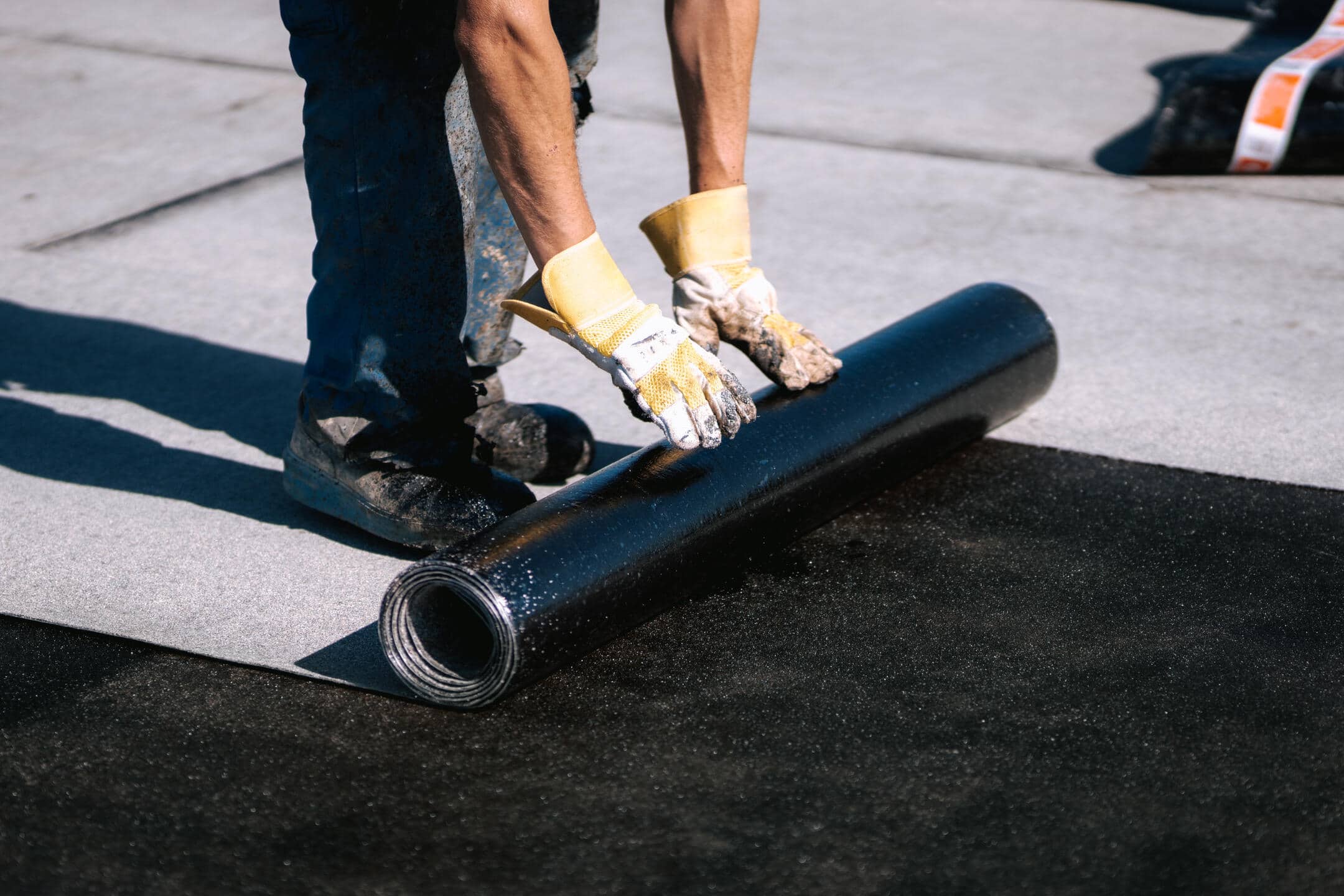
Roofing options are numerous, but one solution is rapidly gaining popularity for its versatility and efficiency—the single ply membrane roof. This roofing type is becoming a favorite among homeowners seeking durability and ease of maintenance without compromising on aesthetics. In this comprehensive guide, we’ll explore all you need to know about single ply membrane roofing, including:
- What is a single ply membrane roof?
- The rising popularity of single ply membrane roofs
- 5 things you should know about single ply membrane roofing
- How to choose the right membrane for your home
- Common misconceptions about single ply membrane roofs
- Single ply membrane roof maintenance tips
🤔 What is a Single Ply Membrane Roof?
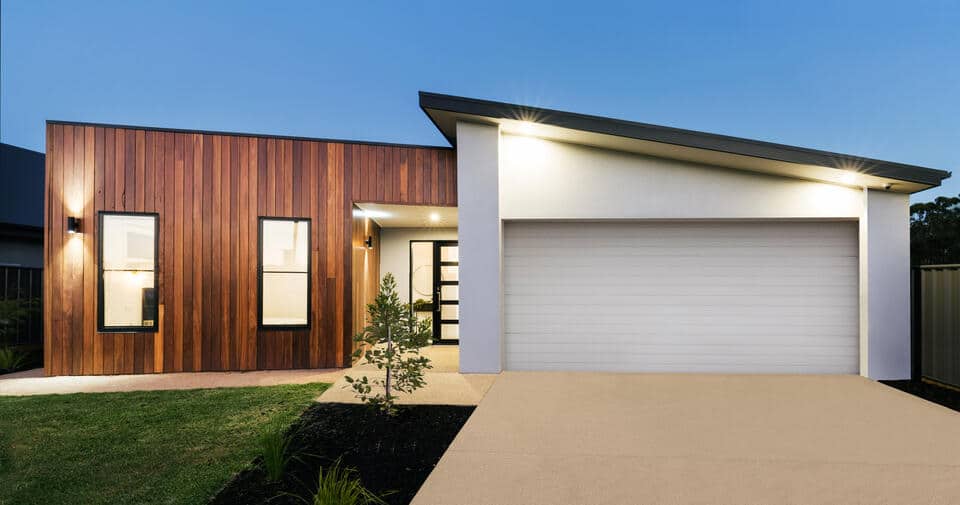
Before we dig deeper, let’s clarify what a single ply membrane roof actually is. It’s essential to understand the basics.
Definition and Components
A single ply membrane roof consists of flexible sheets of compounded synthetic materials. These sheets are applied in a single layer over a flat or low-sloped roof. The membranes are combined with insulation and other components to form a complete roofing system.
Types of Single Ply Membranes
There are three main types of single ply membranes:
- PVC (Polyvinyl Chloride): Known for its durability and chemical resistance.
- TPO (Thermoplastic Olefin): Valued for its energy efficiency and environmental benefits.
- EPDM (Ethylene Propylene Diene Monomer): Renowned for its excellent weather resistance and flexibility.
Installation Techniques
Single ply membranes can be installed in various ways, depending on the specific material and the roof’s design. Common installation methods include mechanically fastened, fully adhered, and ballasted systems. Each method has its unique advantages and is chosen based on the project’s requirements.
⭐️ The Rising Popularity of Single Ply Membrane Roofs
Single ply membrane roofs are catching the attention of homeowners everywhere. But why are they becoming so popular? Let’s uncover the reasons behind their rise.
Versatility in Design
One of the standout features of single ply membrane roofs is their versatility. These roofs are available in various colors and styles, making it easy to match them with different architectural designs. Whether your home is modern or traditional, there’s a single ply option to complement its aesthetic.
Durable and Long-lasting
Durability is a key factor for any roofing material, and single ply membranes excel in this department. Made from robust materials like PVC, TPO, or EPDM, these roofs offer excellent resistance to weather, UV rays, and chemicals. Homeowners can expect their single ply membrane roofs to last for several decades with proper care and maintenance.
Cost-Effective Solution
When it comes to cost, single ply membrane roofs offer excellent value for money. Their initial installation costs are competitive, and the minimal maintenance required further adds to their cost-effectiveness. Over the long term, homeowners often find that they save money thanks to the roof’s longevity and energy efficiency.
Benefits of Single Ply Membrane Roofing
Why should you consider a single ply membrane roof for your home? Here are some compelling reasons.
- Exceptional Weather Resistance: Single ply membranes are designed to withstand harsh weather conditions. They provide excellent protection against rain, snow, hail, and wind, making them ideal for regions with fluctuating climates.
- Energy Efficiency: Many single ply membrane roofs have reflective surfaces that reduce heat absorption. This quality enhances the roof’s energy efficiency by keeping your home cooler in the summer, which can lead to significant savings on energy bills.
- Easy Maintenance: Maintaining a single ply membrane roof is a straightforward task. Regular inspections and minor repairs can keep the roof in excellent condition for years. Additionally, these roofs are resistant to mold and algae, minimizing the need for frequent cleaning.
👉 5 Things You Should Know About Single Ply Membrane Roofing
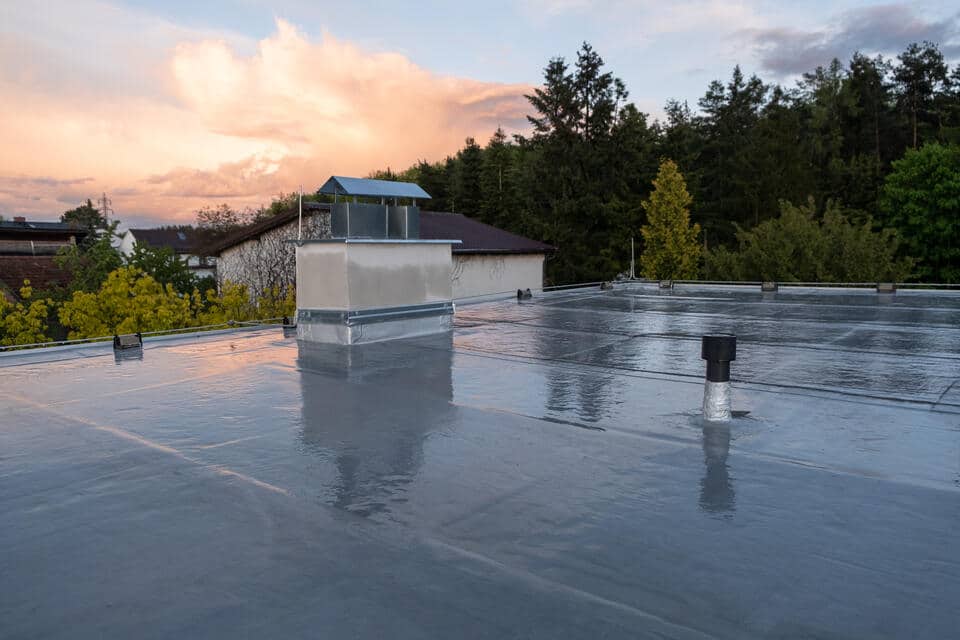
When considering single ply membrane roofing, there are essential aspects every homeowner should know.
1. Lifespan
Single ply membrane roofs are designed with longevity in mind. With regular maintenance and proper care, these roofs can last 30 years or more. This durability makes them a cost-effective choice in the long run, as they require fewer replacements and repairs over time compared to some other roofing materials.
2. Environmental Impact
TPO (Thermoplastic Olefin) membranes, a type of single ply roofing, are known for their environmentally friendly properties. These membranes are fully recyclable, reducing landfill waste and promoting sustainability. Additionally, their reflective surfaces help improve energy efficiency by reducing heat absorption, which can lower energy costs and lessen the environmental impact of cooling homes and buildings.
3. Compatibility
Single ply membrane roofing is highly versatile, making it suitable for both residential and commercial applications. Its flexibility allows it to adapt to various roof shapes and designs, providing a seamless finish. This adaptability means it can be installed over existing roofs or new constructions, making it a practical choice for a wide range of building types.
4. Installation Time
One of the major advantages of single ply membrane roofing is the relatively quick installation process. Compared to traditional roofing materials, single ply membranes are lightweight and come in large sheets, which reduces the number of seams and minimizes installation time. This efficiency can lead to lower labor costs and less disruption to building occupants during the installation process.
5. Warranty Options
Many manufacturers of single ply membrane roofing systems ffer extensive warranty options, giving homeowners and business owners peace of mind. These warranties can cover a range of issues, from material defects to installation errors, ensuring that the investment in a single ply membrane roof is protected. Understanding the specifics of these warranties can help consumers make informed decisions and feel confident in their roofing choice.
🏠 How to Choose the Right Membrane for Your Home
Selecting the appropriate single ply membrane for your home is crucial. Here’s what to consider.
Assess Your Climate: Different membranes perform better in certain climates. For instance, EPDM membranes are excellent for cold regions due to their flexibility, while PVC and TPO may be more suitable for warmer areas with high UV exposure.
Consider Your Roof Design: The design of your roof plays a vital role in membrane selection. Flat or low-sloped roofs are well-suited for single ply membranes, but the specific type may vary based on factors such as roof size and drainage requirements.
Consult a Roofing Professional: To make an informed decision, it’s advisable to consult with a roofing professional. They can assess your unique needs, provide recommendations, and ensure that the installation process is seamless.
Installation Process of Single Ply Membrane Roofs
Understanding the installation process can help you prepare for your roofing project.
Pre-Installation Preparation: Before installation begins, the roof must be inspected and prepared. This step involves clearing debris, repairing any underlying damage, and ensuring proper drainage systems are in place.
Membrane Application: The chosen membrane is then applied using the selected installation method—mechanically fastened, fully adhered, or ballasted. Each technique ensures that the membrane is securely attached to the roof surface.
Sealing and Finishing: After the membrane is applied, seams and edges are sealed to prevent leaks. Flashing is installed around roof penetrations to provide an additional layer of protection. Finally, the roof is thoroughly inspected to ensure it meets quality standards.
❓ Common Misconceptions About Single Ply Membrane Roofs
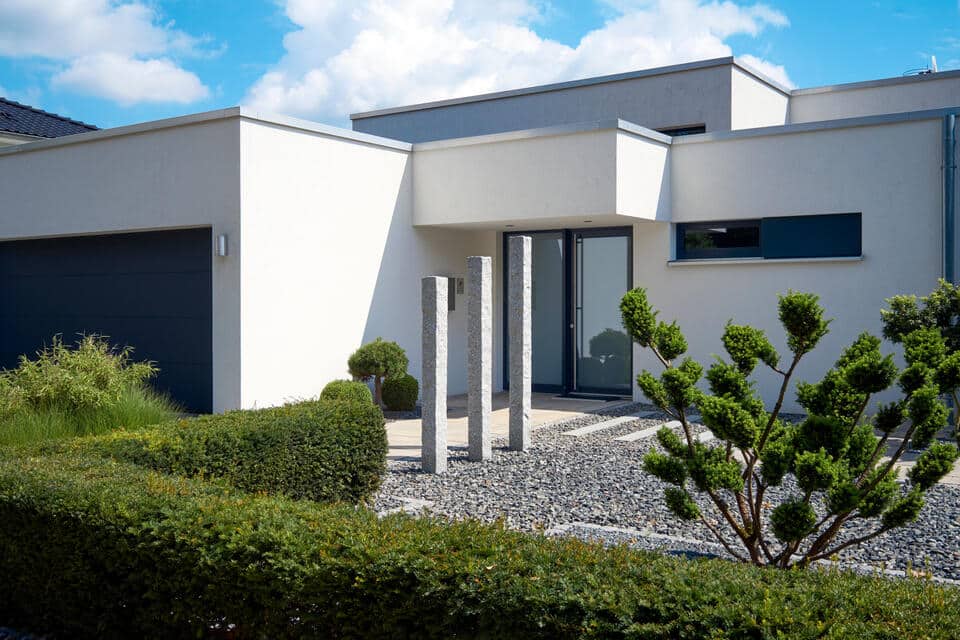
Let’s debunk some myths surrounding single ply membrane roofing.
Myth 1: It’s Only for Commercial Buildings
While single ply membranes are popular in commercial settings, they’re equally suitable for residential homes. Their adaptability makes them a versatile option for various building types.
Myth 2: It’s Not Durable
Contrary to this belief, single ply membranes are highly durable and long-lasting. Advances in technology have enhanced their resistance to wear and tear, making them a reliable roofing choice.
Myth 3: Limited Aesthetic Appeal
With a range of colors and finishes available, single ply membranes can enhance the aesthetic appeal of any home. Homeowners can choose designs that complement their architectural style.
💡 Single Ply Membrane Roof Maintenance Tips
Proper maintenance ensures the longevity of your single ply membrane roof.
- Regular Inspections: Conduct routine inspections to identify and address potential issues early. Look for signs of damage, such as punctures or seam separations, and promptly arrange for repairs.
- Cleanliness is Key: Keep your roof clean by removing debris, leaves, and dirt. This prevents clogs in drainage systems and maintains the roof’s appearance.
- Professional Maintenance: Engage a professional roofing service for periodic maintenance checks. They can provide expert care and address any concerns before they escalate into major problems.
🙌 Enhance Your Home with Single Ply Membrane Roofing Solutions
Single ply membrane roofing offers homeowners a practical and efficient solution for their roofing needs. With its durability, versatility, and energy efficiency, it’s no wonder that more individuals are choosing this option for their homes. If you’re considering a new roof or replacement, our team at SMR Home Pros is here to assist you. Trusted by many, our experienced professionals are dedicated to delivering top-quality roofing solutions tailored to your unique needs. Reach out to us today and discover how a single ply membrane roof can enhance your home’s value and comfort.


